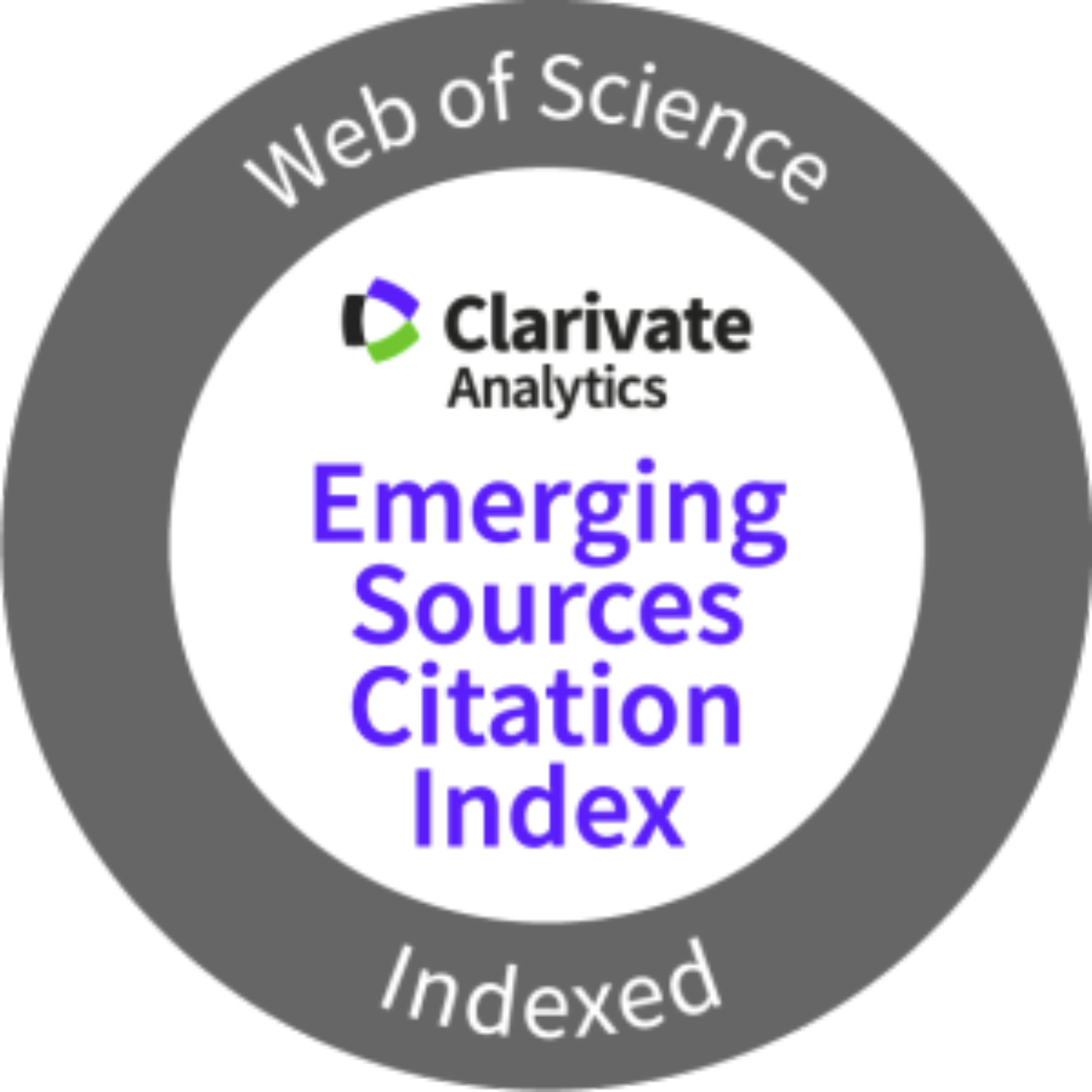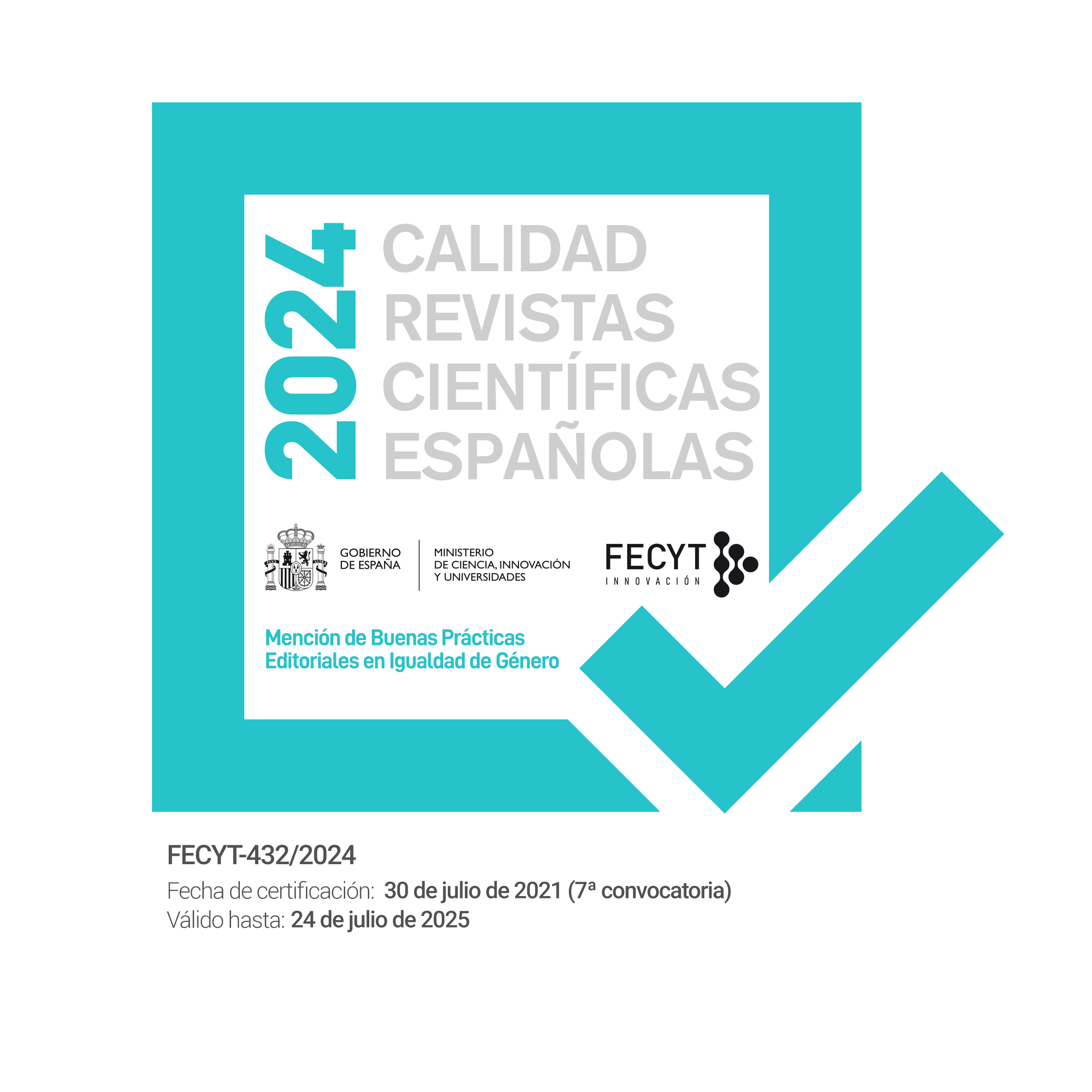La belleza circular
Una aproximación a la estética de la sustentabilidad para el Capitaloceno
Resumen
La estética no es independiente de la época en la que se ubica ni de la ideología a la que apoya o contesta; por el contrario puede convertirse en un vector de gran importancia facilitador de cambios de cosmovisión, según hemos podido comprobar en las revoluciones sociopolíticas del siglo pasado. A diferencia de la estética de la posmodernidad, con su condición epidérmica y escasamente crítica, los tiempos de la crisis ecológica del Capitaloceno y de la necesaria transición a sociedades más sustentables reclaman una creatividad y una estética muy distinta (Albelda, Parreño y Marrero, 2018). El presente artículo defiende la necesidad de recuperar el papel identitario y teleológico que en el pasado han jugado el arte y la estética. En este contexto, identificaremos los aspectos fundacionales de una estética circular, y su indisoluble unión con la ética ecológica de la que parte. Asimismo, argumentaremos sobre la amplitud del concepto de lo circular que, trascendiendo los aspectos más conocidos vinculados al reciclaje de materiales, adquiere una importante función moral vinculado al antropocentrismo débil, expresando la aceptación de la fugacidad individual, e incluso de la cultura y de la especie, desde una perspectiva holística (Spier, 2011).
Descargas
-
Resumen870
-
PDF562
Citas
Albelda, J., Parreño, J.M. y Sgaramella, Ch. (Eds.). (2019). Imaginar la transición hacia sociedades sostenibles. Valencia: UPV.
Albelda, J., Parreño, J.M. y Marrero, J.M. (Eds.). (2018). Humanidades ambientales. Pensamiento, arte y relatos para el Siglo de la Gran Prueba. Madrid: Los libros de la Catarata.
Albelda, J. (2018). Repensando el concepto de progreso. En J. Albelda, J. M. Parreño, y J. M. Marrero, (Eds.),
Humanidades Ambientales. Pensamiento, arte y relatos para el siglo de la gran prueba. Madrid: Los libros de la Catarata.
Albelda, J. y Sagaramella, Ch. (2015). Arte, empatía y sostenibilidad. Capacidad empática y conciencia ambiental en las prácticas contemporáneas de arte ecológico. Ecozona, 6, 10-25.
Arregui-Pradas, R. y Sánchez-Montañés B. (2014). La creación artística ante el paradigma ecológico. Arte y políticas de identidad. 10-11, 209-226.
Arribas, F. (2015). Arte, naturaleza y ecología. En T. Raquejo y J.M. Parreño (Eds.), Arte y ecología. Madrid: UNED.
Castro, C. de (2018). Gaia orgánica desde las ciencias de la tierra. Madrid: UAM (conferencia). Disponible en:
www.eloraculodegaia.info/.../pdf-presentaciones-de-carlos-de-castro-sobre-su-teoria-gaia-organica.
García, E. (1999). El trampolín fáustico. Ciencia, mito y poder en el desarrollo sostenible. Valencia: Tilde.
García, L. y Gutiérrez, V. (2014). Resiliencia tecnológica. Arte y políticas de identidad 10-11, 35-154.
Haraway, D. (2015). Anthropocene, Capitalocene, Plantatiocene, Chthulucene: Making Kin. Environmental humanities, 6, 159-165.
Riechmann, J. (2018a). Amontonar piedras. Reconstruir culturas, transformar identidades: sobre la necesidad de conversión socioecológica. En E. Santiago Muíño, Y. Herrero y J. Riechmann, Petróleo. Barcelona: Arcadia / MACBA.
(2018b). Una nueva estética para una edad solar. En J. Albelda, J.M. Marrero y J.M. Parreño. (Eds.). Humanidades ambientales: pensamiento, arte y relatos para el Siglo de la Gran Prueba. Madrid: La Catarata.
(2012). Interdependientes y ecodependientes. Ensayos desde la ética ecológica (y hacia ella). Barcelona: Proteus.
(2006). Biomímesis. Ensayos sobre imitación de la naturaleza, ecosocialismo y autocontención. Madrid: La Catarata.
(2005). Un mundo vulnerable. Ensayos sobre ecología, ética y tecnociencia. Madrid: La Catarata.
Riechmann, J., Almazán Gómez, A., Madorrán, C. y Santiago Muiño, E. (2018). Ecosocialismo descalzo Tentativas.
Barcelona: Icaria Antrazyt.
Spier, F. (2011). El lugar del hombre en el cosmos. La gran historia y el futuro de la humanidad. Barcelona: Crítica.
Tafalla, M.(2019). Ecoanimal. Una estética plurisensorial, ecologista y animalista. Madrid: Plaza & Valdés.
(2005). Por una estética de la naturaleza: la belleza natural como argumento ecologista. Isegoría, 32, 215-226.
Trainer, T. (2017). La vía de la simplicidad. Hacia un mundo sostenible y justo. Madrid: Trotta.
Worringer, W. (1908). Abstracción y naturaleza. México: Fondo de Cultura Económica.
Works published in this journal are subject to the following terms:
- The Service of Publications from the University of Murcia (publishing house) keeps the published works’ copyrights, and favors and allows the reuse of these works under the license indicated in point 2.
- Works are published in the journal’s online edition under the license Creative Commons Reconocimiento-NoComercial-SinObraDerivada 3.0 España(texto legal). They can be copied, used, disseminated, transmitted and publicly exhibited, as long as: i) the author and original source of publication are cited (journal, publishing house and work’s URL); ii) they are not used for commercial purposes; iii) the existence and specifications of this license are mentioned.
3. Conditions for auto-file. It is allowed and encouraged that authors share electronically their pre-print version (the pre-reviewed version) and /or post-print version (the reviewed and accepted version) of their Works before the publication, since it promotes its circulation and dissemination. RoMEO color: green.










